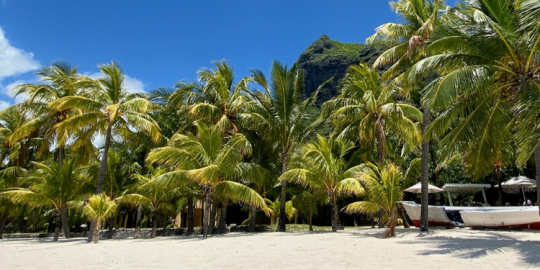Living in Namibia guide for expats
All the information you need to relocate and live in Namibia.
About Namibia
The country was settled by Ju/'Hoansi-San hunter-gatherers at least 100,000 years ago. Now known as Bushmen or the San, they mainly live in the east of the country and are part of one of the oldest tribes on Earth. The other main nomadic group is the distinctive Ovahimba (Himba) in the far northwest, which can be easily recognised for having coloured their skin and hair with a red ochre and butterfat mixture.
The official language of Namibia is English, but more than 11 indigenous languages are still in use, and it is common for people to speak two or three languages. Approximately half of the population speaks Oshiwambo but, due to the country's colonial history, Afrikaans functions as the lingua franca.
Namibia has enjoyed stability since gaining independence from South Africa in 1990 after a bush war of almost 25 years. However, social and economic inequities inherited from the Apartheid era persist, in spite of generous expenditure on social programmes. While poverty has significantly declined, many Namibians are still employed in low-paid jobs in the primary agriculture sector, and unemployment rates remain high. The country is vulnerable to environmental shocks, as all major sources of growth and tourism depend heavily on its fragile ecosystem.
The discovery of diamonds in 1908 caused an influx of Europeans to arrive in Namibia, and the German architecture and pervading Bavarian influence in Swakopmund are some of the more visible remnants of the colonial past. The diamond industry has brought a notable source of revenue to the country over the past century.
Tourism also plays a big role for Namibia's GDP, as the country provides unique sights and experiences, with the bonus of being relatively safe and stable. Thanks to its vast array of offerings, the country attracts safari aficionados, nature lovers, photographers, historians, conservationists, and anthropologists alike. Namibia can boast being home to some of the last remaining African penguin colonies, the iconic oryx antelope, black-maned lions, desert-adapted elephant, and Africa's largest population of free-ranging rhinos.
The country's name comes from the Namib, which is the world's oldest desert and has the only desert mountain in Southern Africa (|Ai-|Ais/Richtersveld Transfrontier National Park, which is the only Arid Biodiversity Hotspot on Earth). Namibia is also home to the second largest canyon in the world, the Fish River Canyon; and the famous red dunes of the Sossusvlei area of the Namib-Naukluft National Park are some of the most photographed landscapes in Sub-Saharan Africa.
Namibia is a land of contrasts ' the lush Caprivi Strip in the north, on one hand, is an area of fertile floodplains surrounded by four perennial rivers and the desert landscapes of the south on the other. The UNESCO World Heritage site of Twyfelfontein in the north-west is famous for its 2,500+ ancient rock engravings and paintings that date back thousands of years, while the capital of Windhoek is often described as the cleanest city in Africa with a well-maintained road network. The list of contrasts could go on, from its ancient tribes, which are believed to be our oldest relatives, to the country's expatriates and colonial ancestors who still play a big role in farming and other economic sectors.
There is something for everyone in this Southern African country, and it is hard not to feel awe-inspired by all it has to offer.
Latest housing offers in Namibia









